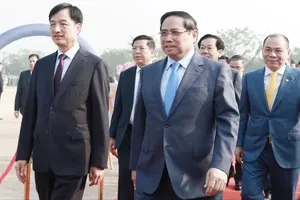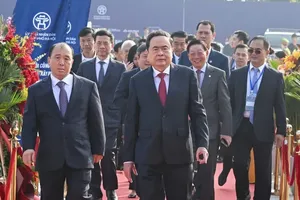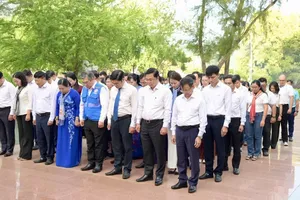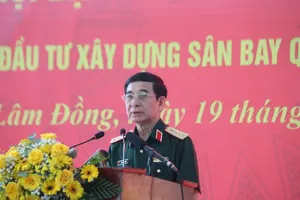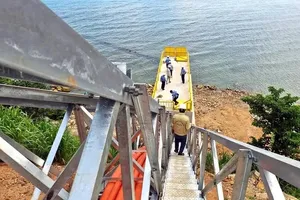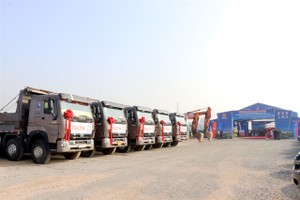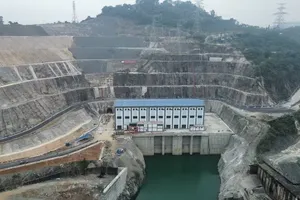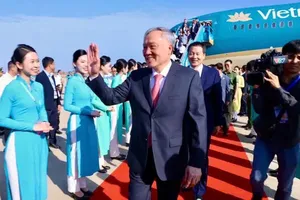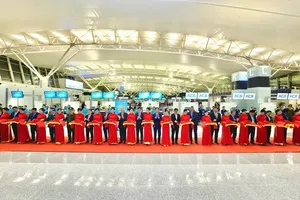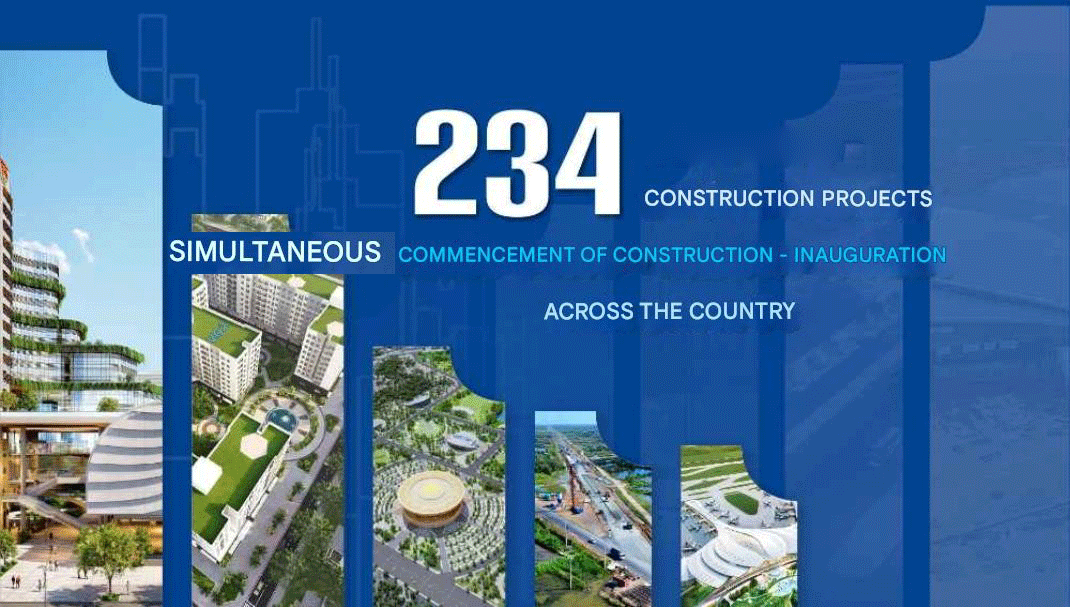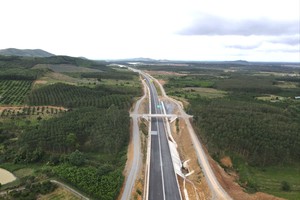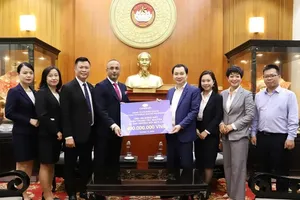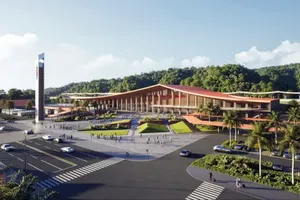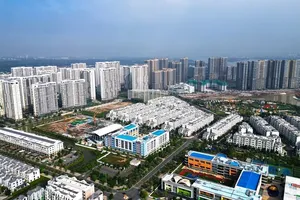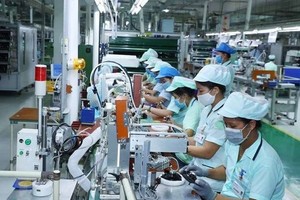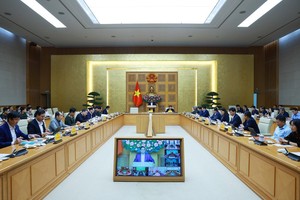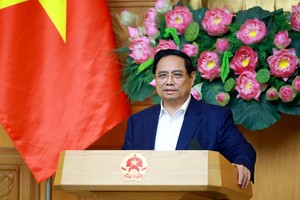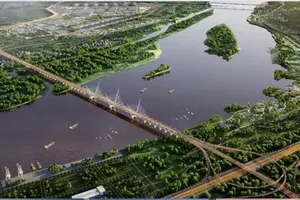The Viet Nam-China-Cambodia link will complement other economic corridors that already exist, including the Bac Bo (Tonkin Gulf) Economic Corridor.
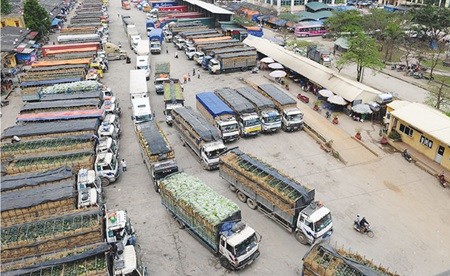
Prime Minister Nguyen Tan Dung has approved a broad plan to establish a new economic corridor to enable goods to flow more freely between Viet Nam, China and Cambodia.
It will complement other economic corridors already in existence, including the Bac Bo (Tonkin Gulf) Economic Corridor, which runs from Hainan Island in southern China around the Gulf of Tonkin to Quang Tri Province in central Viet Nam. Conceived in 2004 by former Prime Minister Phan Van Khai, the Bac Bo corridor is still being developed.
Then there is the East-West Economic Corridor which runs from east to west - from Da Nang in Viet Nam through to Laos, Thailand and Myanamar. It was initiated in 1998 by regional economic leaders and opened in 2006.
The latest corridor will run from Lang Son on the Viet Nam-China border to Ha Noi. HCM City and Moc Bai border gate in Tay Ninh Province on the southern border with Cambodia. It will be developed over the next five years, with a vision to 2030.
Like the others, the new corridor will not only develop trade, it will also lead to the development of facilities and infrastructure along the way and link with other corridors.
It will help form a framework for the whole country, helping it become an economic and socio-economic success.
The major cities along the corridor will be the focus for development. This will flow down to other cities and towns around them.
Under the plan, by 2020 the corridor's economic turnover is expected to reach $220 billion, accounting for about 70 per cent of the national gross domestic products (GDP).
Populations in urban areas within the corridor are expected to eventually account for about 80 per cent of the nation.
About 46 per cent of the sea transport and 70 per cent of the trans-Viet Nam mainland transport from now till 2020 will be within the Lang Son-Ha Noi-Ho Chi Minh City-Moc Bai economic corridor.
In addition, the corridor is expected to welcome between 9-9.5 million foreign tourists and 40-41 million domestic tourists with a total venue of $15-16 billion. The corridor's trade value will account for about 40 per cent of the country's retails value and about one third of the country's trade value.
To achieve these targets, the Prime Minister has laid out priorities for the development of infrastructure, particularly road development, trade services and tourism and the infrastructure within economic zones.
Human resources development, science and technology application, administrative reforms, fair competitiveness among different economic sectors and lucrative investment environment are also emphasised in the plan.
Apart from the corridors, Viet Nam has several key economic regions and big cities converging into a development framework for national infrastructure system.
